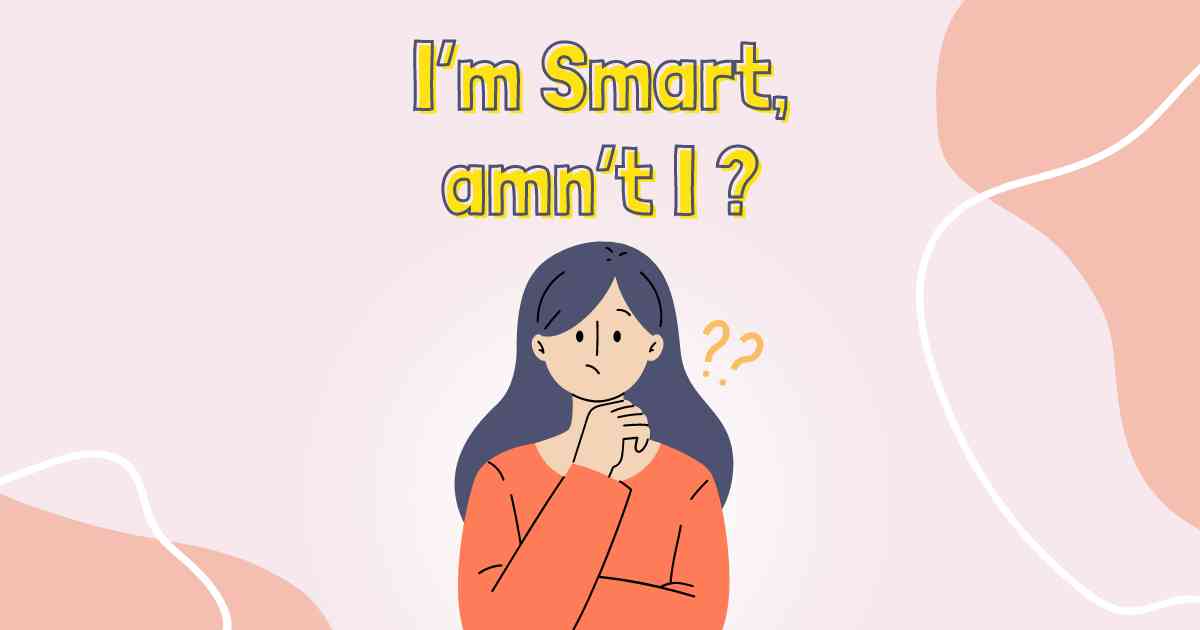Passive voice is a grammatical construction where the object of an action becomes the subject of the sentence. It shifts the focus from who is performing the action to the action itself or its recipient.
Understanding when and how to use passive voice can help you vary your sentence structures and emphasize different parts of your message.
| Pos. | Name | Points |
|---|---|---|
| There is no data yet |
What is Passive Voice?
In the passive voice, the subject of the sentence is acted upon by the verb. This is different from the active voice, where the subject performs the action.
Active Voice: The chef cooked the meal.
Here, “the chef” is the subject doing the action.
Passive Voice: The meal was cooked by the chef.
Here, “the meal” is the subject receiving the action.
| Pos. | Name | Points |
|---|---|---|
| There is no data yet |
Structure of Passive Voice
The structure of a passive sentence typically follows this pattern:
Form of "to be" + past participle of the main verb.
Examples
Present Simple
Active: The company manufactures cars.
Passive: Cars are manufactured by the company.
Past Simple
Active: She wrote a letter.
Passive: A letter was written by her.
Future Simple
Active: They will deliver the package.
Passive: The package will be delivered by them.
Present Continuous
Active: They are painting the house.
Passive: The house is being painted by them.
Present Perfect
Active: The team has won the match.
Passive: The match has been won by the team.
| Pos. | Name | Points |
|---|---|---|
| There is no data yet |
When to Use Passive Voice
Emphasize the Action or Recipient
Use passive voice when the action or the recipient of the action is more important than the doer.
Example: The Mona Lisa was painted by Leonardo da Vinci.
Here, the focus is on “The Mona Lisa” rather than “Leonardo da Vinci.”
Unknown Doer
Use passive voice when the doer of the action is unknown or irrelevant.
Example: The window was broken last night.
The doer is not mentioned because it might be unknown.
Formal Writing
Passive voice is often used in scientific and formal writing to create an objective tone.
Example: The experiment was conducted to test the hypothesis.
Politeness or Indirectness:
Use passive voice to be more polite or indirect, especially in formal requests or criticisms.
Example: Mistakes were made.
How to Form Passive Voice
Identify the Object
Find the object of the active sentence that will become the subject of the passive sentence.
Active: The teacher explains the lesson.
Object: the lesson
Conjugate the Verb “to be”
Change the main verb into the appropriate form of “to be” that matches the tense of the active sentence.
Active: explains (present simple)
Passive: is (present simple)
Use the Past Participle
Change the main verb to its past participle form.
Active: explains
Passive: is explained
Optional Agent
You can include the doer of the action with “by” if needed.
Passive: The lesson is explained (by the teacher).
Examples of Passive Voice in Different Tenses
Present Simple:
Active: The mechanic fixes cars.
Passive: Cars are fixed by the mechanic.
Past Simple:
Active: The gardener planted the flowers.
Passive: The flowers were planted by the gardener.
Future Simple:
Active: The engineer will design the bridge.
Passive: The bridge will be designed by the engineer.
Present Continuous:
Active: The chef is preparing the meal.
Passive: The meal is being prepared by the chef.
Present Perfect:
Active: The artist has painted the mural.
Passive: The mural has been painted by the artist.
Common Mistakes with Passive Voice
Using the Wrong Tense of “to be”
Ensure the form of “to be” matches the tense of the active sentence.
Incorrect: The meal is cooked by the chef last night.
Correct: The meal was cooked by the chef last night.
Forgetting the Past Participle
Always use the past participle form of the main verb.
Incorrect: The letter is write by her.
Correct: The letter is written by her.
Overusing Passive Voice
While passive voice is useful, overusing it can make your writing sound awkward or vague. Balance your sentences with active voice to maintain clarity and dynamism.
Practice Makes Perfect
To get comfortable with passive voice, try converting active sentences to passive and vice versa. Here are a few prompts:
Active: The students read the book.
Passive: The book was read by the students.
Active: The manager will review the report.
Passive: The report will be reviewed by the manager.
Active: The cat chased the mouse.
Passive: The mouse was chased by the cat.
Conclusion
Passive voice is an essential part of English that allows you to focus on different aspects of a sentence. By understanding its structure and uses, you can enhance your writing and speaking skills.
Remember to use passive voice selectively and practice regularly to become more proficient.
Feel free to drop your comment into the form below if you have anything to say!


